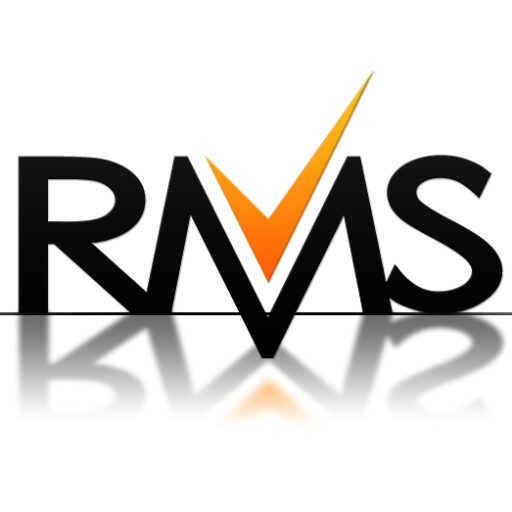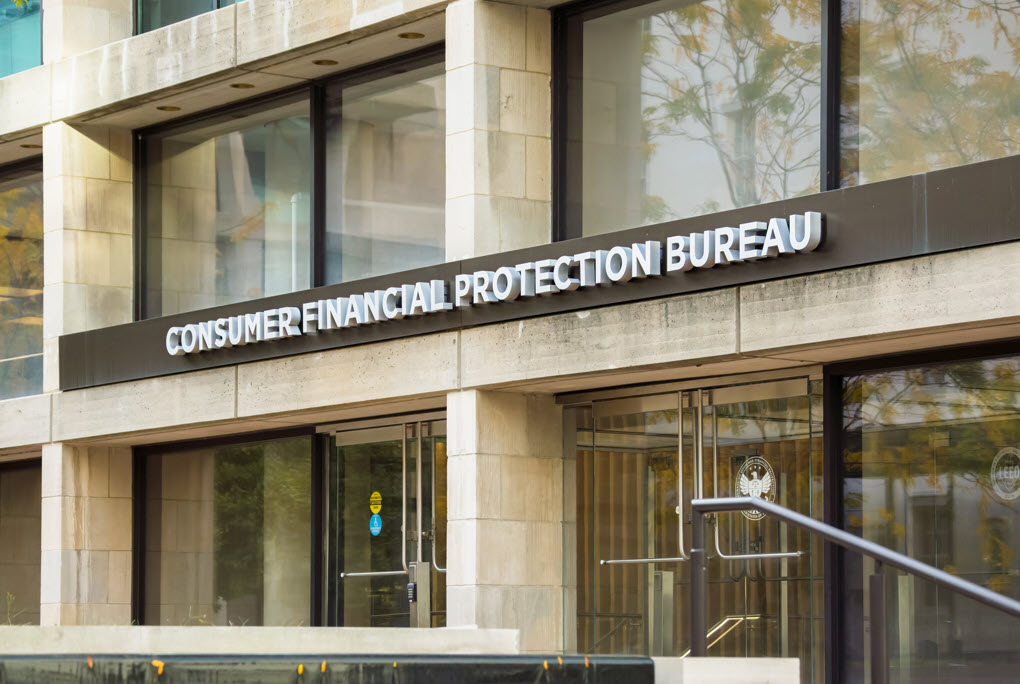– And, How To Apply It To Monitoring National Repo Forwarders –
We’ve all encountered that dreaded 25 mph flashing speed limit sign, especially in residential areas bustling with activity. It serves as a constant reminder to adhere to the rules of the road, but it also offers valuable insights into effective compliance monitoring tools that extend far beyond traffic regulations.
I’ll openly admit that I’m not always in compliance with the speed limit. Perhaps you can relate – there’s a certain temptation to push the boundaries, especially when the road seems clear. Yet, there are always those reminders, whether they come from family members or flashing signs, that the speed limit is not just a suggestion, but the law.
So, what can we learn from these flashing radar speed limit signs when it comes to compliance monitoring? Surprisingly, quite a bit. Let’s break it down:
- Clearly States Expectations: Just as the flashing sign clearly indicates a 25 mph speed limit, effective compliance monitoring programs should clearly outline expectations. The National Repo Forwarder and other Vendors need to understand what is expected of them in terms of compliance standards.
- Immediate Feedback for Compliance and Non-Compliance: The flashing speed limit sign provides immediate feedback – if you’re within the limit, you proceed without incident; if not, your speed is highlighted, and in some cases, your photo is taken. And, maybe some further remediation. Similarly, compliance monitoring tools should offer swift feedback for the repo forwarder, for both adherence and violations.
- Swift Resolution to Become Compliant: When faced with the flashing sign, you have a choice – comply or face potential consequences. Effective compliance monitoring programs should facilitate swift resolution, guiding companies toward compliance and addressing any issues promptly.
What’s crucial to understand is that what you monitor should never remain stagnant. While the three components of effective compliance monitoring remain consistent, the focus of what you monitor should evolve to align with your organization’s changing needs and priorities, as well as changing industry practices and new or changing regulations.
Now that we’ve uncovered the secrets behind an effective compliance monitoring program, let’s talk about what you should monitor, specifically as it relates to Network Agents, State Laws and Lender Requirements .

Network Agents
The National Repo Forwarders hire hundreds of Network Agents across the country to repossess collateral. The National Repo Forwarder must have signed contracts, ensure proper insurance coverage, obtain necessary licenses for the Network Agents, and ensure legal compliance (just to name a few).
The Repo Forwarder hired the Network Agents, why does the Lender have to monitor?
Lenders need to monitor to understand risk and exposure to the Lender. This is also an opportunity to understand what the Repo Forwarder has in place to monitor the Network Agents. Some areas that the Lender may want to monitor include:
- Insurance: Lenders need to make sure Network Agents have sufficient insurance coverage to protect the Lender’s collateral, and all lots where collateral is stored is on the insurance policy.
- Licenses: Some states, such as California require repossession companies to be licensed.
- Lot Audits: Provides an overview of security of collateral, personal property storage, etc.
- Contracts
- Claims and Complaint Tracking: Does the Forwarder track claims and complaints, including wrongful repossession?
State Laws
Repossession laws vary by state. Repossession laws fall under the Uniform Commercial Code (UCC), specifically Article 9 Default, Repossession and Disposition of Collateral. The UCC is not a federal law but has been adopted (in full or with some variations) in most states.
I hired the Repo Forwarder to monitor state compliance. Why do I have to monitor?
State laws are constantly changing, and it takes an “all hands on deck” approach to ensure compliance. In addition, your Customers may interact with the Repo Agents through personal property letters sent, or when they pick up personal property. Lenders need to understand the content of the communication. This is also an opportunity to understand what monitoring is in place at the Repo Forwarder to ensure state compliance. Some areas to monitor include:
- Police notification requirements (before or after repossession): For example, Tennessee requires the Repo Agent to notify the sheriff of the county immediately.
- Personal property letters that must be sent by the Repossession Agent: Some states, such as Georgia require that the Repo Agent send a personal property letter, and a follow up letter if the personal property has not been picked up by the Customer.
- How long personal property must be stored: Such as, Connecticut allows 60 days after repossession to retrieve the items.
- Personal property fees that may be charged: Connecticut allows storage fees of $25, if personal property not picked up within 15 days. Many Lenders do not allow the Agent to charge personal property fees.
Lender Requirements
Lender requirements are spelled out in the contract with the National Forwarder. Effective communication is not usually the goal of a contract, so making sure that the lender and the forwarder both understand expectations is important.
The requirements are in my contract with the Repo Forwarder, why do I have to monitor?
Have you ever had two people read your contract and write down their interpretation of what is required? If not, it is a fun exercise…interpretation of the contract is a huge issue. There are many outside factors that impact understanding contractual requirements:
- Change in management at the Repo Forwarder
- Change in management at the Lender
- Interpretation of the Contract: No two people have the same interpretation
- Client-specific requirements
Recommendations for Contractual Requirements
If there are changes in management at the Repo Forwarder or the Lender, it may be necessary to have a meeting to discuss contractual requirements. Even if the same people have been doing the job for a long time, I recommend that you have sessions to make sure everyone is interpreting the requirements the same.
Client-Specific Requirements
If the Repo Forwarder tells the Lender that they are the only Lender that has a specific requirement, there is a good chance that it is true. I like to call this the “out of my wheelhouse” error. It does not mean that the Lender must change the requirement. What it does mean is that the Lender and Repo Forwarder need to have an open discussion on how (or if) the Repo Forwarder is able to implement it.

I have been auditing Repo Forwarders for over 20 years. The repossession industry has seen many changing regulations, organizational reorganizations, fewer Repo Agents, just to name a few. The lessons gleaned from the 25 mph flashing radar speed limit sign are not only applicable to the realm of traffic regulations but can also be seamlessly integrated into monitoring national repo forwarders. Just as drivers must navigate the roads responsibly, repo forwarders must adhere to a complex web of regulations and contractual obligations.
For lenders, understanding the risks and exposures associated with repo forwarders is paramount. Monitoring network agents, ensuring compliance with state laws, and upholding contractual requirements are essential components of risk management in the lending industry.
However, just as the speed limit sign provides immediate feedback and facilitates swift resolution, effective monitoring of repo forwarders requires agility and responsiveness. Lenders must stay abreast of changing state laws, contractual obligations, and industry practices to ensure compliance across the board.
Moreover, the importance of clear communication and alignment of expectations cannot be overstated. Much like the need for drivers to interpret and abide by traffic signs, lenders and repo forwarders must navigate the intricacies of contractual requirements with precision and clarity. Regular meetings to clarify expectations and address any discrepancies are vital to maintaining a harmonious and compliant partnership.
In essence, the “all hands on deck” approach advocated here echoes the collaborative spirit necessary for effective compliance monitoring. By leveraging the insights gained from the 25 mph flashing radar speed limit sign, lenders, repo forwarders, repo agents, and auditors can collectively develop a robust and adaptive monitoring platform. Together, they can navigate the ever-evolving landscape of regulations and industry dynamics, ensuring the integrity of the lending process and minimizing risks for all stakeholders involved.

Author: Bev Evancic
Bev.Evancic@ResourceManagement.com
Bev Evancic has over 30 years experience in collection and recovery. She has managed all phases of collection and recovery operations, including automated dialer units, bankruptcy and legal units, skip tracing units, internal collections, and outside collection agency networks.





